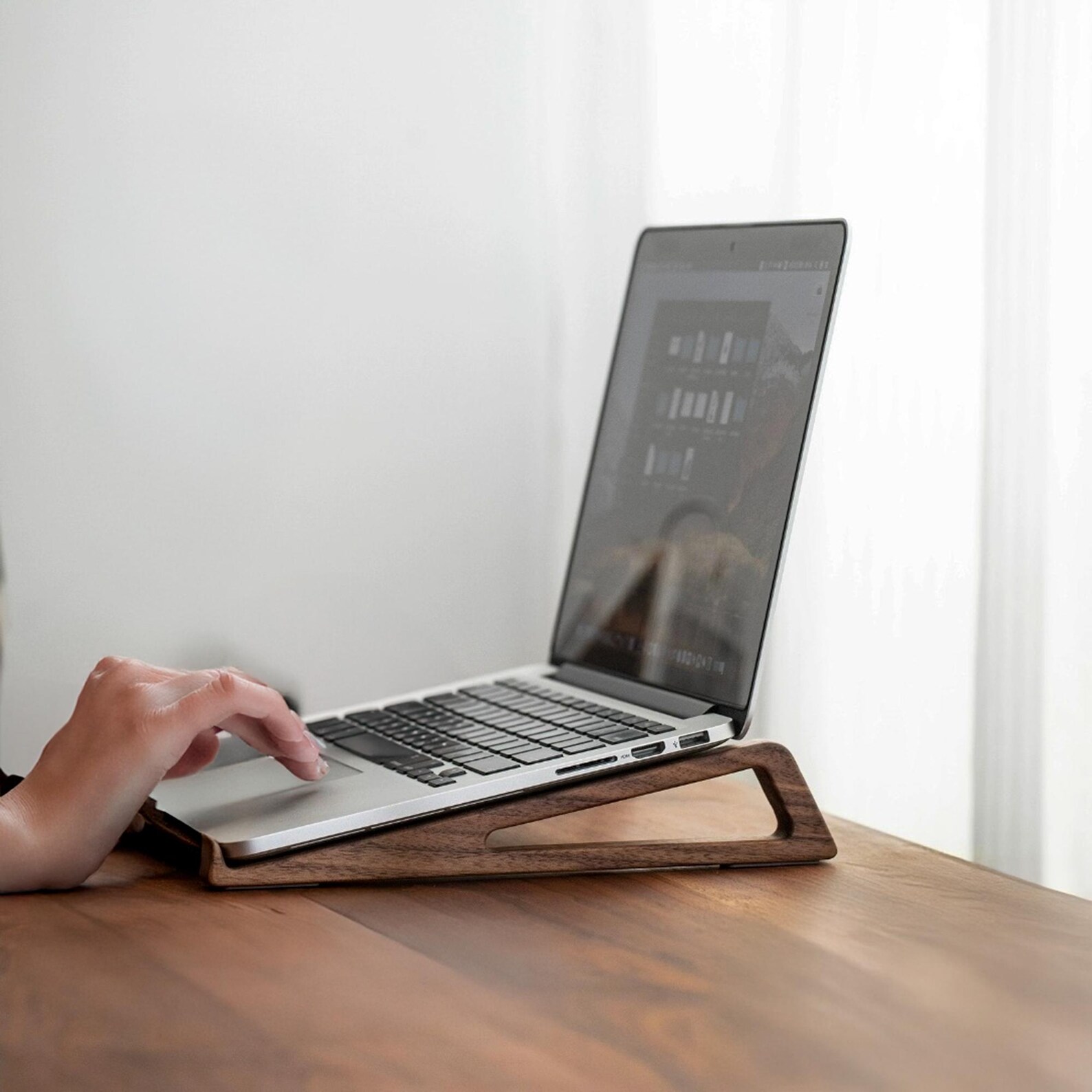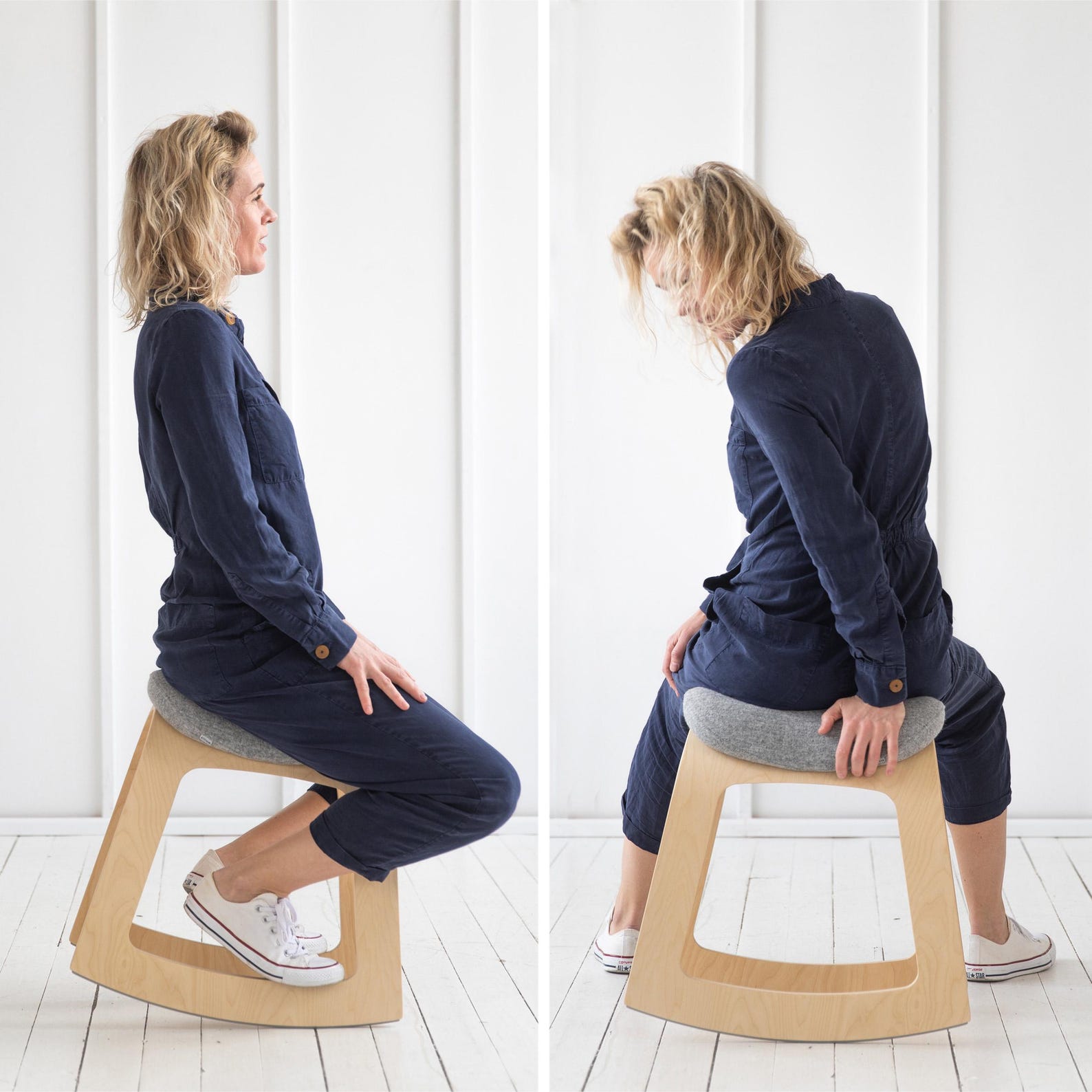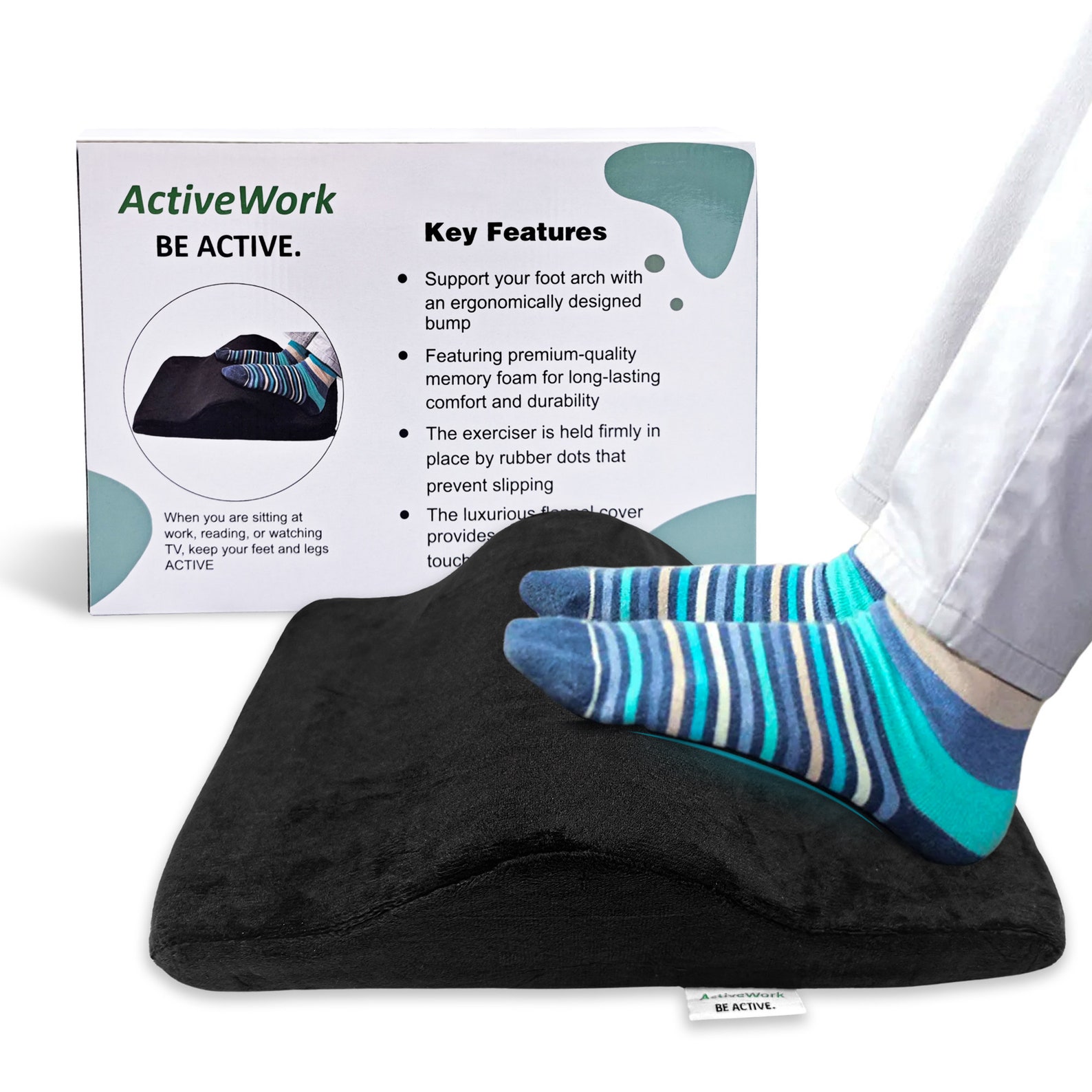Keeping Safe While Working From Home
Posted on

How to Stay Safe When Working from Home: 10 Tips for a Healthier Workspace
I’ve worked from home for more than a decade, since 2012, and while it’s brilliant for flexibility, there are also hidden risks we don’t always consider. Home might feel safe and familiar, but accidents can still happen. In fact, ROSPA reports that more accidents happen at home than anywhere else. Whether you work at a desk, run a home business, or craft for a living, it’s essential to look after your health and wellbeing while working from home.
In this guide, I’ll share practical ways to create a safer workspace and avoid common home office hazards.
1. Create a Dedicated Work Area
Instead of working at the kitchen table or lounging on the sofa with your laptop, set up an office in a certain part of the house that is your dedicated work space. This helps you:
-
Mentally separate work from personal life
-
Stay more productive
-
Minimise distractions
-
Set up a safer, more ergonomic space
A separate room is ideal, but even a quiet corner with a proper desk and chair works well. Avoid high-traffic areas where cables or equipment could cause trips.
2. Do a Risk Assessment
Just like in any other workplace, you should carry out a basic risk assessment. Think about:
-
Tripping hazards like wires, rugs or clutter
-
Poor lighting that could cause eye strain
-
Faulty electrics or overloaded sockets
-
Tools or equipment that could cause injury
List the risks and take action where needed. A safer workspace is more enjoyable and productive too.
3. Use Ergonomic Office Furniture
If you're spending hours at a desk, poor posture can lead to long-term pain or injury. Investing in the right equipment makes a huge difference.
Recommended items for better comfort and safety:
-
Ergonomic office chair with back support
-
Adjustable desk or standing desk
-
Wrist support for typing
-
Ergonomic mouse and keyboard
-
Monitor stand to raise screen to eye level
Working at the right height and angle reduces the risk of repetitive strain injury (RSI) and back problems.

4. Keep Your Workspace Tidy
Cable clutter can quickly become a tripping hazard. Use cable organisers, ties or sleeves to keep things neat. Clear away anything you don’t need and regularly tidy your space to avoid accidents.
Tip: Keep drinks away from electricals to prevent spills and shocks.
5. Let in Natural Light
Good lighting isn’t just important for mood—it's essential for eye health too. A naturally lit room helps you stay alert and reduces strain.
If you’re working in a darker space:
-
Use a daylight lamp
-
Position lighting to reduce glare on your screen
-
Take regular screen breaks to rest your eyes
6. Take Regular Screen Breaks
Too much screen time can cause eye strain, headaches, and mental fatigue. The NHS recommends taking short breaks often.
Use the 20-20-20 rule: Every 20 minutes, look at something 20 feet away for 20 seconds.
Also, get up every hour to stretch your legs, roll your shoulders, or take a walk—even if it’s just to the kitchen and back.
7. Move Around and Stretch
Working from home often means sitting for long periods. This can affect posture, circulation and energy levels.
Try to:
-
Stand or walk during calls
-
Do gentle stretches every couple of hours
-
Use a timer to remind you to move
Consider a standing desk converter or active seating option like a balance ball chair.

8. Use Safe Equipment and Materials
If your work involves tools, photography gear, or craft materials, store them properly when not in use. Keep anything sharp, hot, or hazardous well out of the way when not needed.
For craft businesses, be cautious with:
-
Cutting tools
-
Glues and chemicals with fumes
-
Paints and sprays
Always work in a well-ventilated area and wear safety gear if required.
9. Protect Your Data and Devices
Safety isn’t just physical. When working remotely, it’s important to protect your digital workspace too.
Quick cybersecurity tips:
-
Use strong, unique passwords
-
Install antivirus software
-
Back up your work regularly
-
Lock your screen when not in use
-
Avoid using unsecured public Wi-Fi
You could also consider setting up a secure VPN for work purposes.
10. Look After Your Mental Health
Remote working can feel isolating, especially if you’re used to the buzz of an office. Make time for:
-
Regular chats with friends or colleagues
-
Setting clear work/home boundaries
-
Getting outside for fresh air daily
If you’re struggling with stress or loneliness, don’t hesitate to reach out for support.
Checklist: How to Stay Safe While Working from Home
Set up a dedicated workspaceDo a risk assessment
Invest in ergonomic furniture
Keep cables and floors clear
Use good lighting
Take screen and movement breaks
Store tools and materials safely
Protect your data and devices
Make time for mental wellbeing

Under desk foot leg exerciser for home office
Final Word
Working from home offers incredible freedom—but it’s still a workspace and should be treated as such. From investing in the right chair to remembering to stretch and take screen breaks, there are lots of simple steps you can take to stay safe and well.
It’s not just about avoiding injuries—it’s about creating a home office setup that supports your health, wellbeing and productivity for the long term.
Quick FAQs About Home Office Safety
Do I need a risk assessment if I work from home?
Yes. Even if you’re self-employed, it’s wise to assess risks in your workspace—especially for things like trips, poor lighting, or repetitive strain.
Can I claim for office equipment on tax if I’m self-employed?
Usually, yes. Items like desks, chairs and laptops can often be claimed as business expenses. Speak to a qualified accountant for guidance.
Is working from home bad for posture?
It can be if your setup is poor. An ergonomic chair and desk are key for maintaining good posture and preventing pain.
How often should I take breaks while working from home?
Take short breaks every 30–60 minutes. Move, stretch, and rest your eyes. It helps both body and mind.
Related Posts You Might Like:

